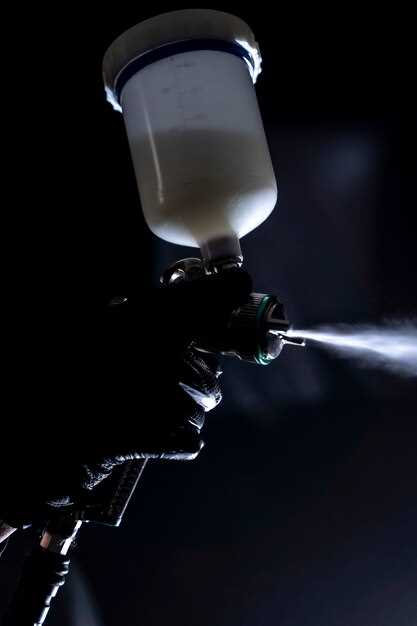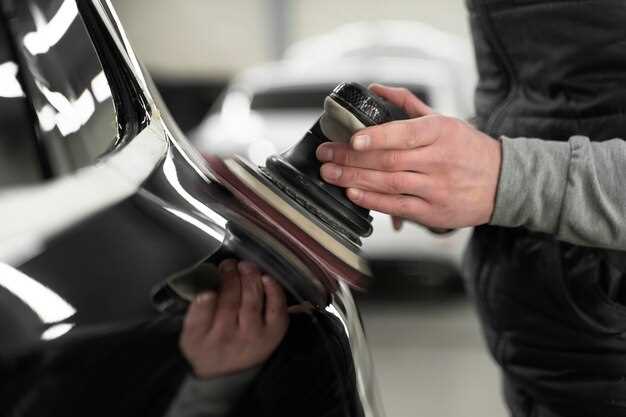
When it comes to maintaining the appearance and value of your vehicle, ceramic coating has emerged as a revolutionary solution. This advanced protective layer not only enhances the aesthetic appeal of your car but also offers long-lasting defense against environmental contaminants. In this article, we will explore essential tips and tricks for applying ceramic coating effectively, ensuring that your paint job remains pristine for years to come.
Understanding the benefits of ceramic coatings is crucial. Unlike traditional wax or sealants, these coatings provide a robust barrier against UV rays, scratches, and chemical stains. Additionally, the hydrophobic properties of ceramic coatings make it easier to clean, as dirt and grime are less likely to adhere to the surface. However, achieving optimal results requires careful preparation and application. Therefore, mastering the right techniques is essential.
Throughout this article, we will guide you through the detailed processes involved in applying ceramic coatings, including surface preparation, application techniques, and maintenance practices. Whether you are a DIY enthusiast or a professional detailer, our tips will help you maximize the effectiveness of ceramic coatings, allowing you to enjoy a flawless finish and unparalleled protection for your vehicle.
Choosing the Right Ceramic Coating for Your Vehicle

When selecting a ceramic coating for your vehicle, it is essential to consider several key factors to ensure optimal protection and longevity. First, evaluate the level of protection offered by different products. Look for coatings with high durability ratings, as these will withstand harsh environmental conditions, including UV rays, acid rain, and road debris.
Another critical aspect is the chemical composition of the ceramic coating. Many options contain silicates or quartz, providing varying levels of hardness and resistance. Researching the specific formulation can help you understand the performance characteristics and longevity of the coating.
Application methods vary among ceramic coatings. Some products require professional installation, while others are available for DIY application. If you prefer to apply the coating yourself, choose a user-friendly formula that comes with clear instructions and necessary tools.
Consider your vehicle’s usage. For daily drivers exposed to the elements, a coating with enhanced hydrophobic properties will help repel water and dirt, making maintenance easier. For show cars or vehicles parked indoors, a coating with a high gloss finish may enhance aesthetics without needing extreme durability.
Finally, always check customer reviews and professional recommendations. Feedback from other users can provide insights into the performance and potential drawbacks of specific coatings. By carefully evaluating these factors, you can select a ceramic coating that best suits your vehicle’s needs and maximizes its protection.
Step-by-Step Application Process for Long-Lasting Results
Applying a ceramic coating correctly is essential for achieving the maximum benefits and longevity. Follow these steps to ensure a flawless application:
-
Gather Supplies:
- Ceramic coating product
- Clay bar kit
- Detailing spray
- Microfiber towels
- Polishing machine (if necessary)
- Isopropyl alcohol (IPA) solution
- Applicator pad
- Personal protective equipment (gloves, mask)
-
Preparation of the Surface:
- Wash the vehicle thoroughly to remove dirt and contaminants.
- Use a clay bar to eliminate embedded contaminants for a smooth surface.
- Dry the vehicle completely with microfiber towels.
- If necessary, polish the paint to remove imperfections and enhance gloss.
-
Surface Cleaning:
- Wipe the surface with an IPA solution to eliminate any oils or residues.
- Ensure all areas are clean and dry before applying the coating.
-
Application of Ceramic Coating:
- Shake the ceramic coating bottle well to activate the product.
- Using the applicator pad, apply a small amount of coating to the pad.
- Work in small sections, applying the coating in straight lines to ensure even coverage.
- Allow the coating to haze for the time specified by the manufacturer (usually 1-5 minutes).
-
Buffing:
- Using a clean microfiber towel, buff off the hazed coating using a circular motion.
- Check for any high spots and gently buff them again if necessary.
-
Curing Time:
- Let the vehicle sit undisturbed for the recommended curing time (usually 24-72 hours).
- Avoid washing the vehicle or exposing it to water during this period.
-
Final Inspection:
- After curing, inspect the vehicle for any areas that may need touch-up.
- Apply additional layers if recommended by the coating manufacturer for enhanced protection.
Following these steps will help you achieve a durable and long-lasting ceramic coating that protects your paint and enhances your vehicle’s appearance.
Maintaining Your Ceramic Coating for Optimal Performance

To ensure your ceramic coating continues to provide maximum protection, regular maintenance is essential. Start by washing your vehicle using a pH-balanced car shampoo specifically designed for ceramic coatings. This prevents the breakdown of the coating while effectively removing dirt and contaminants.
Avoid using abrasive sponges or brushes during the wash process; instead, opt for a soft microfiber cloth or a lambswool wash mitt. This minimizes the risk of scratching the ceramic surface and helps retain the coating’s gloss and hydrophobic properties.
After washing, it is crucial to dry the vehicle properly. Use a high-quality microfiber drying towel to avoid water spots. If water spots do develop, employ a spot cleaner safe for ceramic coatings to assist in removal without harming the surface.
In addition to routine washes, periodically apply a specialized maintenance spray or booster designed for ceramic coatings. This can enhance the coating’s hydrophobic characteristics and add extra protection against environmental contaminants.
Inspect your vehicle regularly for signs of wear or damage to the ceramic coating. If you notice areas that lack hydrophobic properties or show dullness, consider performing a paint decontamination process. This involves using a clay bar or a specialized detailing product to remove embedded contaminants.
Finally, avoid exposing your coated vehicle to harsh chemicals or automated car washes that may use aggressive cleaning agents. Adhering to these maintenance practices will ensure your ceramic coating remains effective and your vehicle retains its stunning appearance for years to come.

